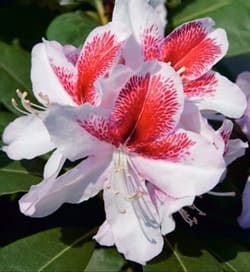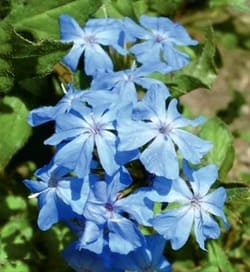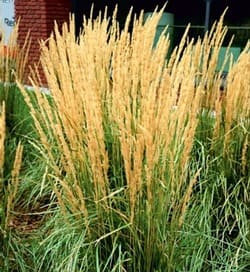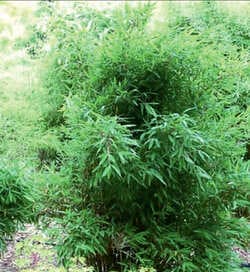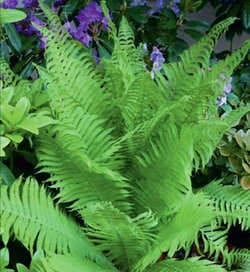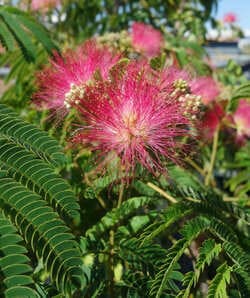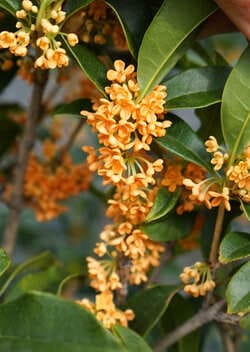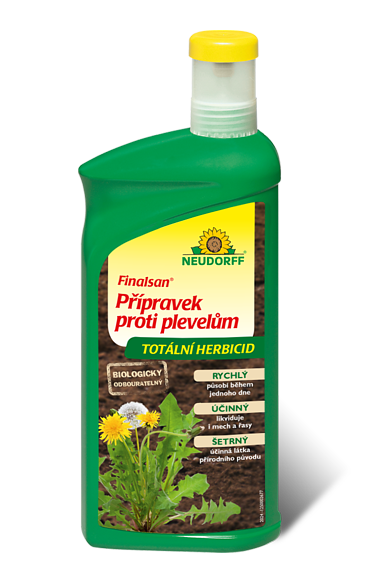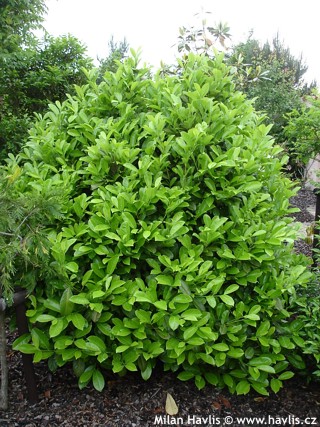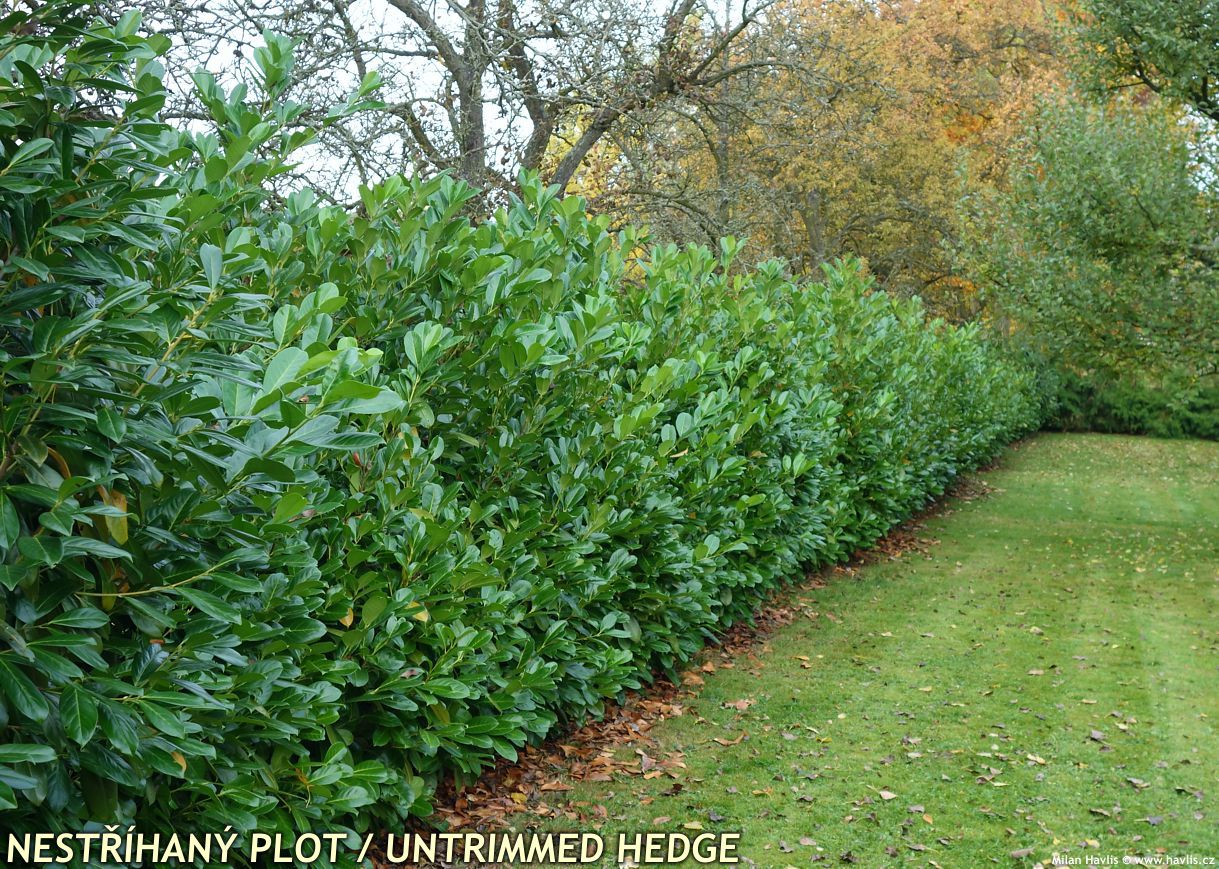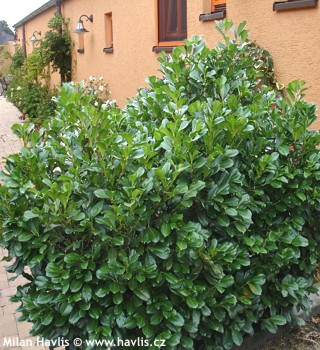Prunus laurocerasus 'ROTUNDIFOLIA' cherry laurel, common laurel, English laurel


Prunus
We are specialists in evergreen plants and offer the widest possible range of hardy, quality plants. English (cherry) laurel is probably the most common and reliable species.
Rotundifolia is one of the most popular cherry laurels in Great Britain, Belenux, and southern Europe. It has mid green to dark green, widely ovate leaves as opposed to most cherry laurels whose leaves are more narrow and elongated and usually very dark. It makes a neat, compact habit because new shoots grow along the sides in the way that newly emerging leaves fill up the plant on its sides that you can hardly see the branches themselves. It is usually densely leaved from the ground.
Cherry laurels have compound inflorescence made out of small, white, fragrant flowers that appear in April and May, followed by very ornamental but poisonous fruits. Rotundifolia does not flower too often. It is ideal for formal hedges or informal green walls. Pruning is possible in the spring after frost and/or in mid summer.
Laurels need slightly deep and fertile, acidic, well-drained but preferably moist soil, and extra watering in frost-free periods in winter to prevent from drying out before the ground gets frozen. It will thrive in full sun or part shade, and will also tolerate being grown in full shade. It may suffer from chlorosis (leaves turning yellow owing to lack of iron in the soil) but when it does use a special liquid soil pH balancer to keep it acidic which will help the plant absorb iron. It is not suitable for the coldest parts of Europe. Fully hardy to about -20°C (USDA zone 6b), or -24°C in perfect soil conditions. In deeper frosts it loses leaves and tips of the branches die back.
Last update 01-01-2010.












